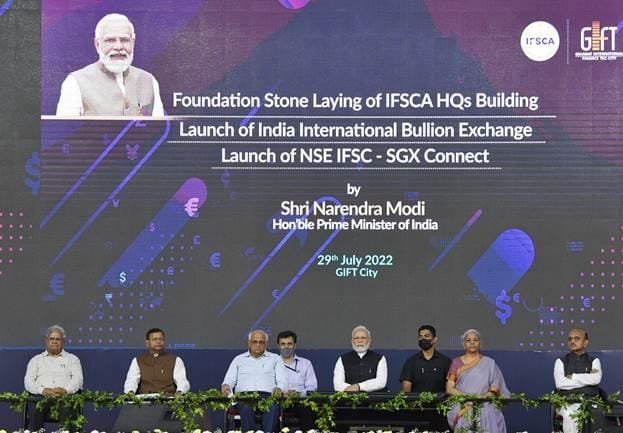Interbank funding likely in near-term
The RBI’s Rs.1 lakh crore funding lines (including the indirect funding through NABARD, SIDBI and NHB) is expected to take care of nearly 1.5 months of liquidity requirements for NBFC (including HFCs & MFIs), writes Karthik Srinivasan, Senior Vice President, Group Head – Financial Sector Ratings, ICRA Limited on 17 Apr 2020.
The RBI’s proposal for 10% provisions on the accounts under the standstill on asset classification because of moratorium is likely to significantly increase the credit provisions for the banks.
With an estimate of 3-4% of the bank credit being in overdue category, i.e. SMA 1 and SMA2, which currently requires provision of only 0.4%, the provisioning requirements of banks can increase by Rs.300-400 billion because of the proposed regulations.
The proposal to defer the additional provisioning requirement for delays in implementation of resolution plan as per 7 June 2019 circular by 90 days will provide only a temporary relief for banks in their Q4FY2020 results.
The progress on implementation on resolution plans have remained slow and is unlikely to expedite in Q1FY2021 given the lockdown conditions and will require provisioning in June quarterly results for banks.
With some of the private banks witnessing deposit outflows, their reliance on interbank funding could likely increase in near-term. Such interbank funding is included in high run-off while calculating the LCR ratio for the bank.
Relaxation in LCR requirements will enable banks to meet the regulatory LCR requirements in case their reliance on bulk deposits or interbank lines increases.
The proposal to temporarily defer dividend payment by banks is positive for their capital positions and their loss absorption capacity amid expected increase in stress on asset quality.
The coupon payment on the Basel III Tier I bonds is paid out of the profits of the bank and discretionary in nature. In our view, dividend is one of the discretionary items which is available for distribution by banks; and hence other distributions including coupons on these bonds will not be impacted.
The proposal to extend the date for commencement for commercial operations for real estate projects funded by NBFCs will reduce the repayment pressures for developers.
This will improve the developer’s cash-flows for execution and completion of the project and improve the future salability of their projects and their cash flows.
The previous TLTROs saw limited incremental credit flow to the small and mid-size NBFCs. With the TLTRO 2.0, the hope of credit flow to these NBFCs have improved, however given the recent experience, an active participation by banks in these TLRTOs auctions will reflect their willingness to actually provide credit to these NBFCs.
The Rs.50,000 crore TLRTO focused towards Non-Banks should partly help alleviate liquidity related concerns for the sector.
Unlike the earlier framework, the necessity to invest in mid and small sized players would provide access to funds to more entities now. fiinews.com









